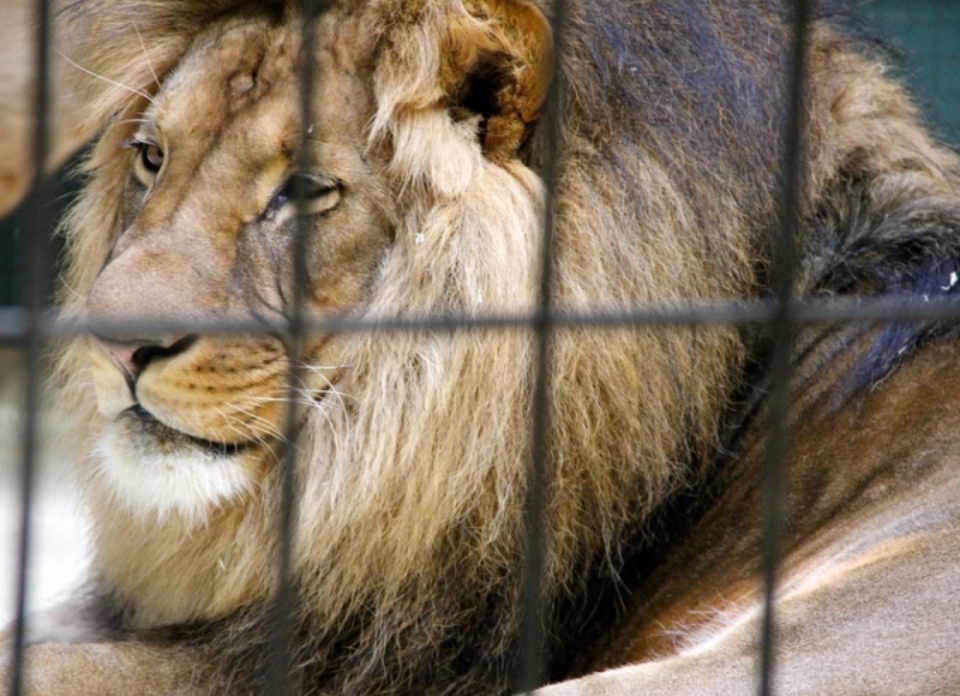Everyone should have been to the zoo at least once in their childhood. The experience of actually seeing animals on television or in books, except for dogs and cats that are common as pets, is truly wonderful. You can see elephants, lions, tigers, snakes and bears in a place that is not too far away! But not all people appreciate the zoo positively. Is the zoo really a bad place? Are zoos essential for our lives?
The dark side of the zoo
Controversy continues over the welfare of animals in zoos. Animal rights activists and animal rights activists are trying to come up with measures to "see" and see animals. For example, bigger beasts such as tigers and bears are trapped for life in prisons made of concrete and metal bars, rather than habitats similar to nature.
The Captive Animals' Protection Society (CAPS), a British animal protection organization, made documentary films to highlight the status of animals in the zoo. A sick animal lie down without receiving any treatment, or an investigator who stole a case that eventually died. One wallaby was trapped in us and left dead for two weeks. The zoo continued to reject the autopsy to determine the cause of wallaby death.
 |
| ▲ Source = Wikimedia Commons |
The animals in the safari park were living in too much space with too many animals, and there was no room for individual meals or sleeping. The environment was also a mess. There were several old or new wounds on the body of some lions. Some animals were trained and staged for people. Elephants in some zoos in England were trained to lift their paws and heads, when trainees used electric whips.
A zoo is where animals must be confined. According to CAPS, it is not possible to provide adequate space for wildlife. Tigers and lions live about 18,000 times smaller than their original counterparts, and polar bears live about 1 million times smaller. As a result, most animals in the zoo suffer from stress and behavior problems.
The large zoo supports a space where animals can freely hang out like the safari park mentioned above. They argue that animals always take appropriate action when they have a problem, but animal rights activists say it is not a problem to treat the animal when it is hurt and give the animal adequate food. From the beginning, it is a fundamental question whether you have the right to inspect animals in a small space for human recreation and education.
Positive effect of the zoo
Nevertheless, the existence of numerous zoos is primarily to educate the public, to give thanks to all animals, and to protect endangered animals. A zoo does not ruthlessly capture wild animals and bring them to the zoo. Sometimes they capture animals to make them live in a safer place. Help endangered species escape poachers, habitat loss, hunger and carnivorous threats. In addition, most zoos have breeding programs such as artificial nourishment. Helps breed animals that are difficult to mate and breed in the wild.
Some zoos provide a place that closely resembles the animal 's natural habitat and manage the animals well. If a private owner grows an exotic animal and can not take care of it anymore, the zoo is brought back and raised. People who can not get to the place where the actual animal lives can also get a chance to see the wildlife closely.
 |
| Source: Pixar Bay |
On the other hand, raising animals in zoos is not just for the enjoyment of humans. Zoo researches animal habits and improves wildlife. Research in an environment with low risk and variability and then apply the results to wild populations. Finding the time and duration of animal breeding also helps maintain wildlife populations.
While capturing and moving dangerous animals, zoos learn and reinforce animal handling and transport experience. Such conservation efforts can substantially change the conflict between humans and animals. It can also build a knowledge base to eliminate animal habitat destruction and other problems, increasing threats.
The advantages and disadvantages of a zoo will always coexist. But there is always room for improvement. In the end, both humans and animals must move toward benefiting. The zoo should not be a place of meaningless pleasure and entertainment. It should be a forum for educating animals and raising their appreciation for animals. Animals should take care of the zoo as their second hometown and should not study.
![[Issue] Zoo’s positive effect and dark side issue zoos positive effect and dark side](https://moontore.com/wp-content/uploads/2019/02/issue-zoos-positive-effect-and-dark-side-1200x700.jpg)


